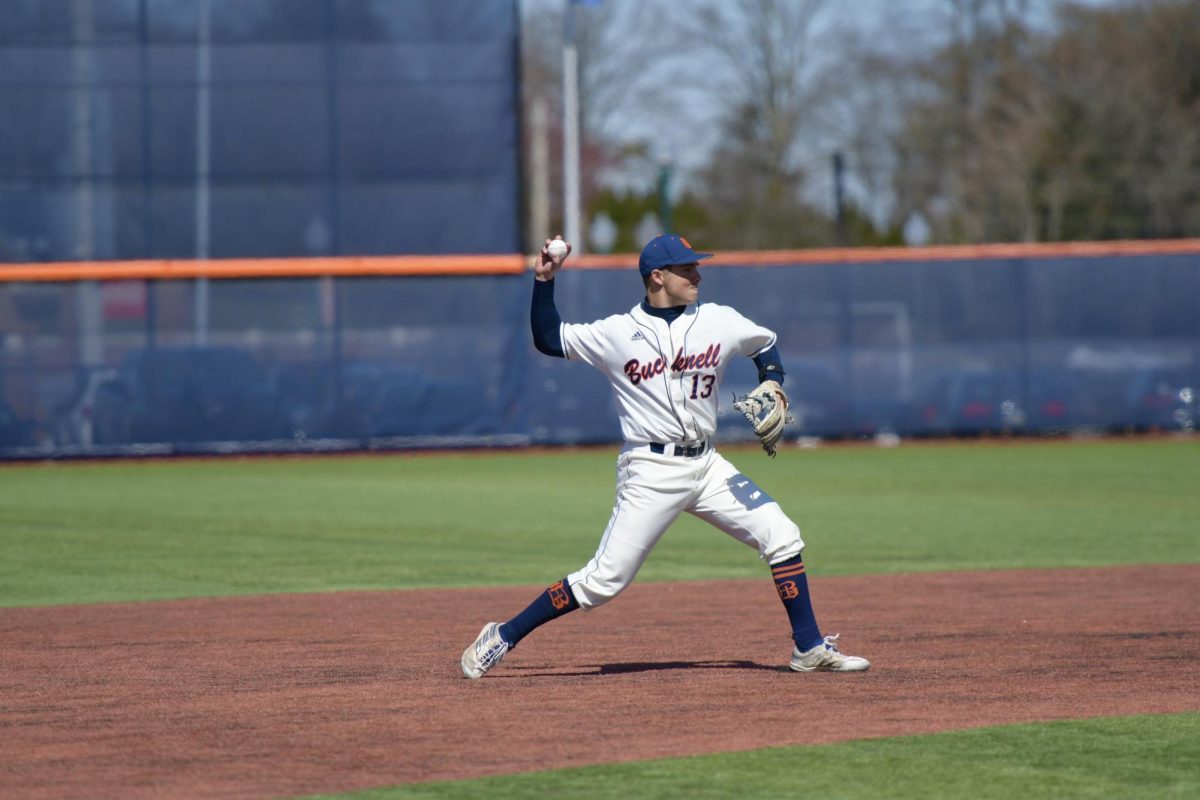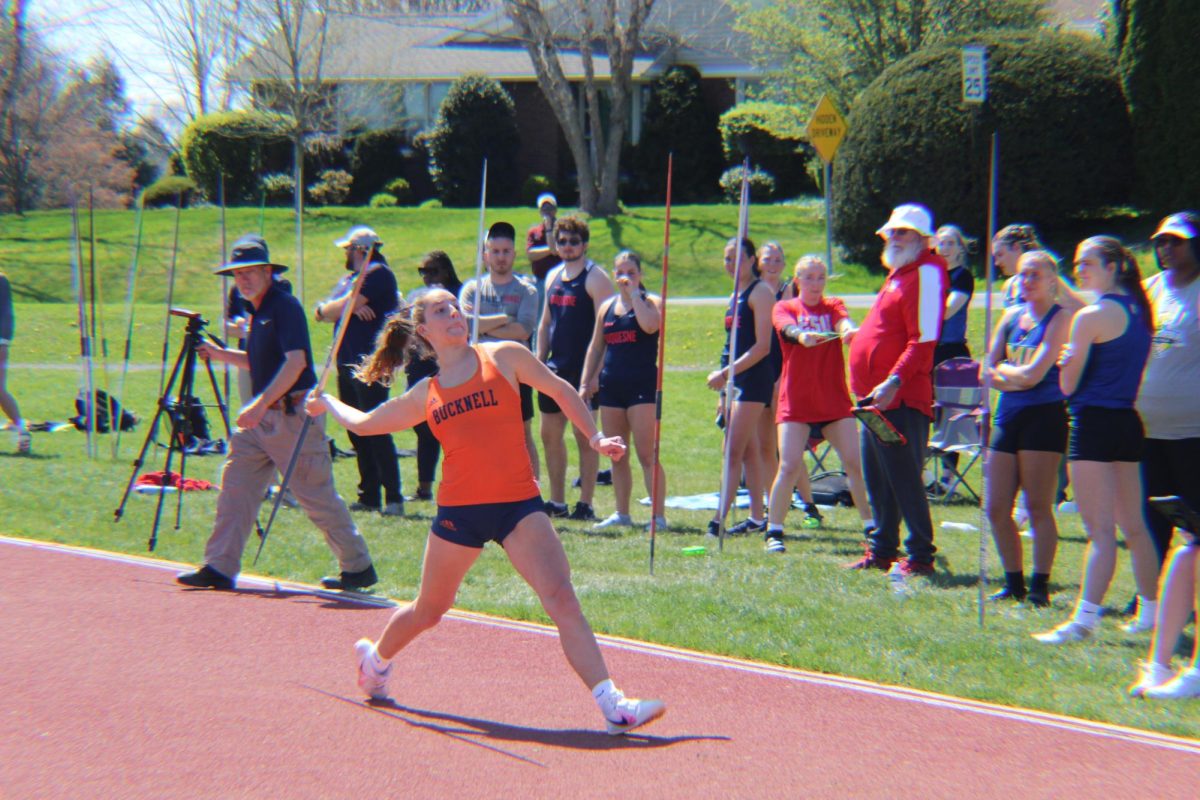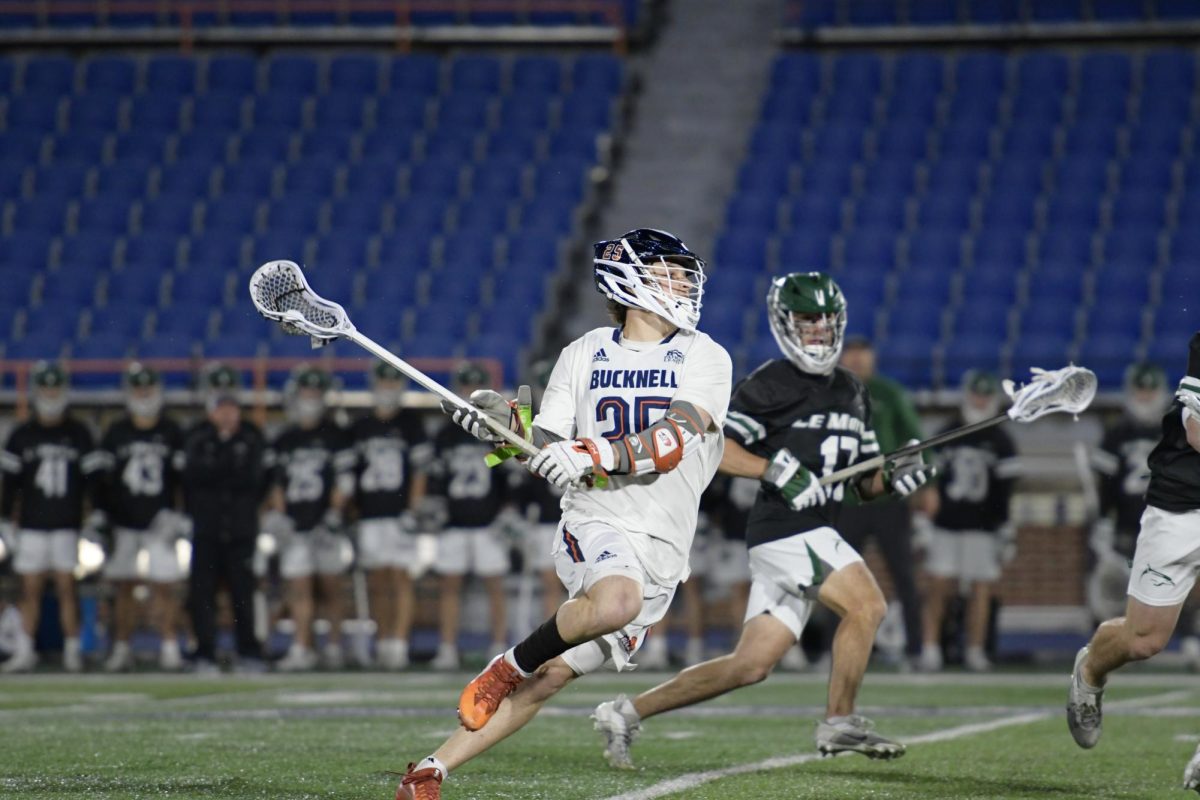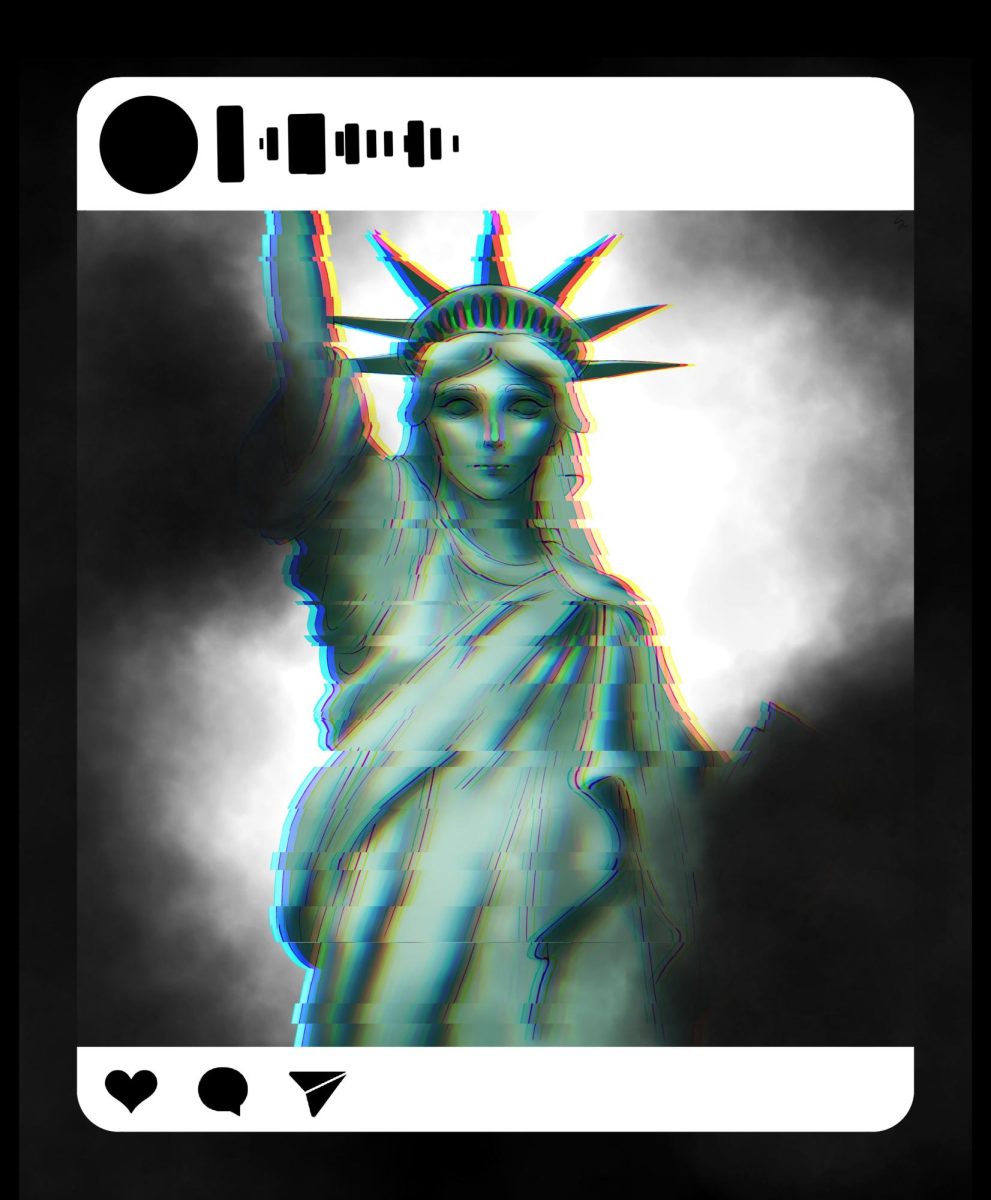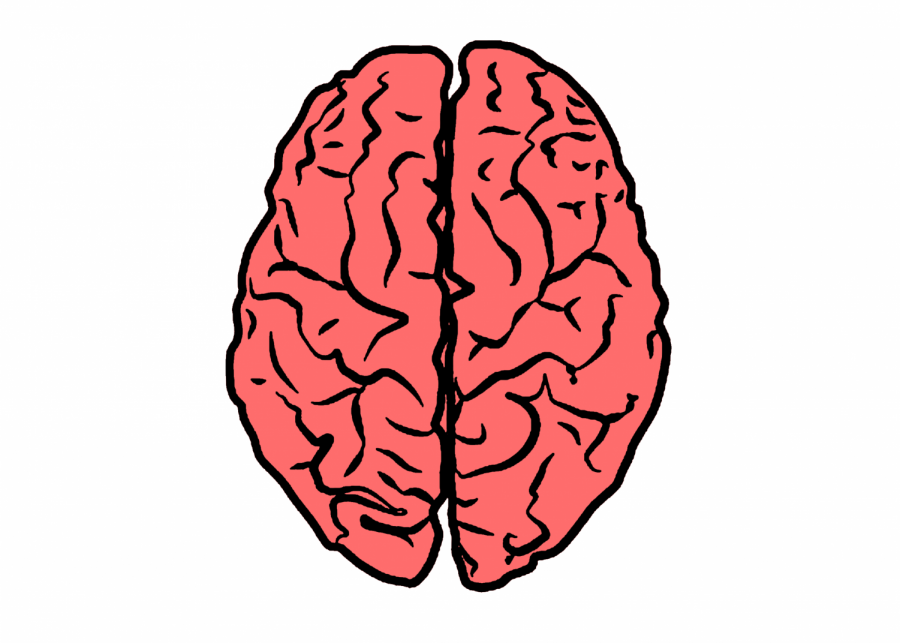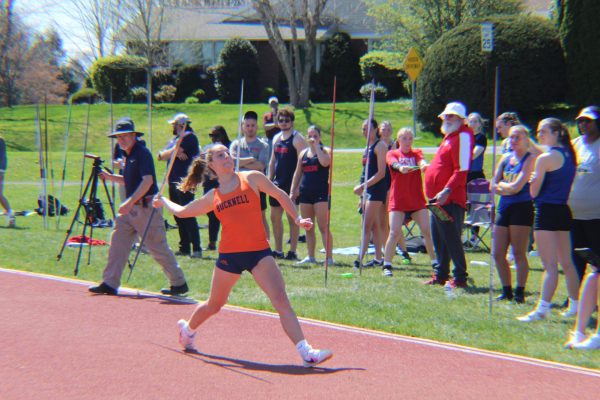Beyond the Bison: new NFL regulations aim to reduce infamous concussion frequency
October 19, 2018
As sports-related concussions continue to be one of the hottest topics among athletics, no league has been scrutinized as much as the National Football League (NFL), which is notorious for its rough playing style and alarming rate of serious injuries per season. There is a growing body of research on the frequency and severity of repeated and often underreported head trauma seen in NFL players, as well as testimony from retired players who continue to suffer neurological damage, that has created increased pressure from the medical community and general public to improve these conditions.
The NFL has not taken these findings lightly, and has begun the process of implementing changes in playing and equipment regulations in hopes of protecting players.
In February of 2018, Dr. Allen Sills, the league’s chief medical officer, demanded a “call to action” to immediately address the increase in concussions in 2017, which had risen 16 percent from 2016. While he noted initiatives to encourage players to self-report concussions and awareness of team doctors was likely influencing this increase, Sills saw this as a further reason to change things.
“It’s not OK to simply stand behind that and say, ‘Well, the numbers are going up because we’re doing a better job.’ I think to me this is really a call to action to see what we can do to drive it down,” Sills said in a presentation to the NFL’s Head, Neck, and Spine Committee.
This aggressive targeting of concussions in the NFL has resulted in several new policies being installed for the 2018-2019 season that will be evaluated for efficacy after this year’s Super Bowl.
Changes to what is allowed during kickoffs are the most obvious changes to come. Kickoffs are established as the most dangerous plays of the game because of the number of full speed collisions and potential for helmet-lowered contact. These changes include eliminating running starts, restraining eight players on the returning team to a 15-yard zone, banning wedge blocks, and no blocking in the first 15 yards.
The NFL has also allocated $60 million to biomechanical research through Biocore LLC in hopes of designing more effective helmets and banning current helmets that have poor performance. Biocore tested 34 of the most commonly-used helmets on their ability to withstand the rate of rotation and acceleration of rotation that mirror collision forces that occur on the field. Efficacy was based on the level of forces that reached the head of a crash test dummy. Unsurprisingly, the lowest-performing helmets were found to be the most commonly worn by players who had recorded concussions. The 10 models with the lowest scores have since been banned, and players will be required to change their helmets either immediately or at the beginning of the 2019 season.
It will inevitably take time to gather sufficient information to assess the efficacy of these policies, especially given that not all changes are required immediately. However, the NFL has proven to be sincere in their efforts to protect its players and will continue to advance in the meantime.







